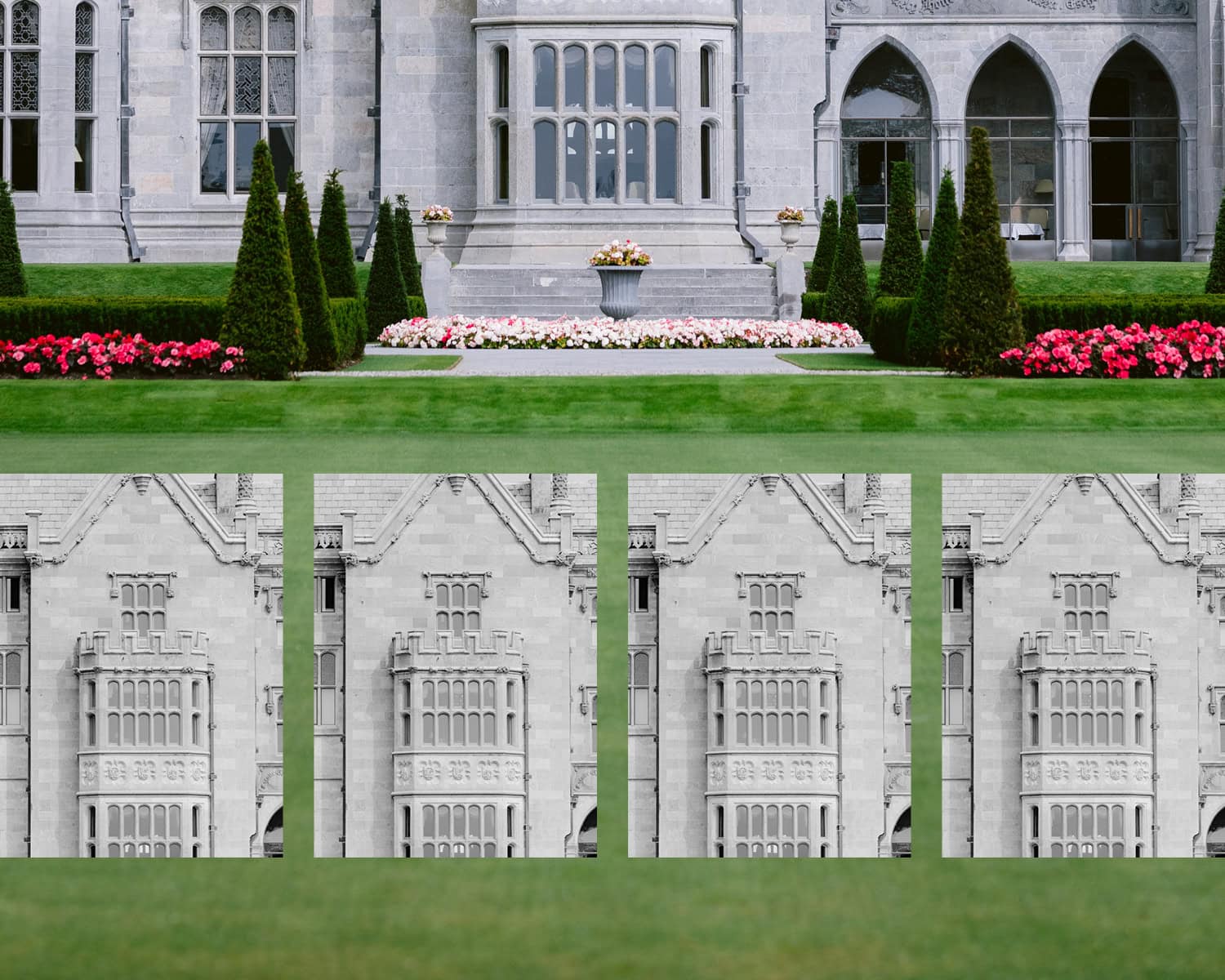In today’s business environment, a leader’s image plays a significant role in how they are perceived by clients, employees, and stakeholders. A professional executive portrait does more than simply provide a polished image; it establishes authority, builds trust, and reflects the leader’s personal brand in alignment with the company’s overall identity. Whether for a website, annual report, or networking platform like LinkedIn, having a high-quality executive portrait is essential for projecting professionalism and credibility.
The Importance of Executive Portraits in Business
An executive portrait is often one of the first impressions a client or partner has of a company’s leadership. A poorly executed or informal photo can unintentionally project a lack of professionalism, while a well-crafted portrait conveys competence, confidence, and leadership. These images are an essential asset, especially for companies that frequently engage with stakeholders, the media, or investors. A strong portrait helps build trust and respect, signaling that the leader takes their role—and their business—seriously.
Beyond aesthetics, an executive portrait also plays a role in internal culture. Employees look to leadership for guidance, and a professional portrait reinforces the leader’s commitment to representing the company at its best. These images also foster a sense of transparency and approachability, particularly when they are used in internal communications or in contexts where employees may not have direct access to the leadership team. An executive portrait is, in many ways, a visual representation of the company’s leadership style and ethos.

How to Capture the Perfect Executive Portrait
Capturing a powerful executive portrait requires more than just a good camera. It involves understanding the subject’s personality, position, and the brand they represent. A skilled photographer will work to make the executive feel comfortable and confident, ensuring that the portrait is authentic and aligned with the company’s visual identity. Lighting, composition, and backdrop are critical, but so is capturing the subject’s personality in a way that feels natural and approachable.
Additionally, the tone of the portrait should match the company’s brand identity. For a tech startup, the executive portrait may be more casual and creative, while for a law firm, it may need to be more formal and traditional. Customizing the approach ensures that the portrait not only reflects the individual but also complements the company’s overall visual presentation. A great portrait is one that combines professionalism with personality, allowing the executive to appear authoritative yet approachable.







